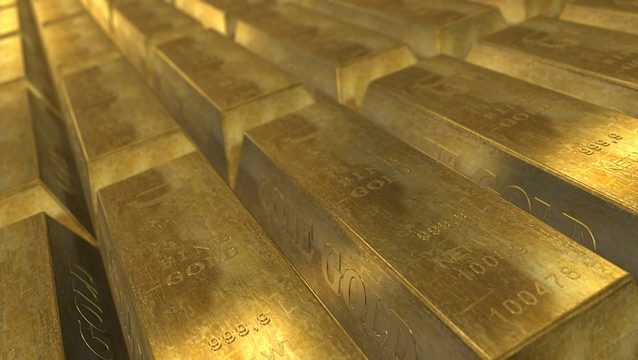Fort Knox’s Bullion Depository Opened for Political Delegation

A contingent of state and federal officials recently gained entrance into the famed vaults at Fort Knox, prompting one politician to describe the experience as “seeing a leprechaun on a unicorn.” It was the first time that the United States Bullion Depository, which holds $186 billion worth of gold, had been opened in more than four decades.
For anyone who may be wondering, Treasury Secretary Steven Mnuchin confirmed that it’s all still there. “It would really be quite a movie if we walked in and there was no gold,” he added.
The United States Bullion Depository at Fort Knox, Kentucky has stored the country’s precious metal bullion reserves since 1937. According to the U.S. Mint, the fortified building is constructed of 16,000 cubic feet of granite, 4,200 cubic yards of concrete, 750 tons of reinforcing steel, and 670 tons of structural steel.
The Depository currently hold 147.3 million ounces of gold. In addition to gold bullion, Fort Knox has stored valuable items for the U.S. government, as well as other nations. Britain’s Magna Carta was once stored there. During World War II, the Declaration of Independence, the Constitution, and the Bill of Rights were secretly stored in its protective vaults.
While Fort Knox is frequently featured in the movies, very few people have ever really been inside. The Depository is not open to the public, and it last opened its doors to Congressional visitors in 1974. Along with treasury Secretary Mnuchin, the group allowed inside Fort Knox in August included Senate Majority Leader Mitch McConnell, Rep. Brett Guthrie (R-KY), Kentucky Gov. Matt Bevin, and several journalists.
According to the Washington Post, Sen. McConnell held a 27-pound gold bar. Meanwhile, Gov. Bevin got to hold a 1933 double eagle, and a $20 gold coin that was never circulated. Gov. Bevin also revealed that officials had to break one of the famous vault seals to give them access and characterized the vault as “freakishly well secured.”
